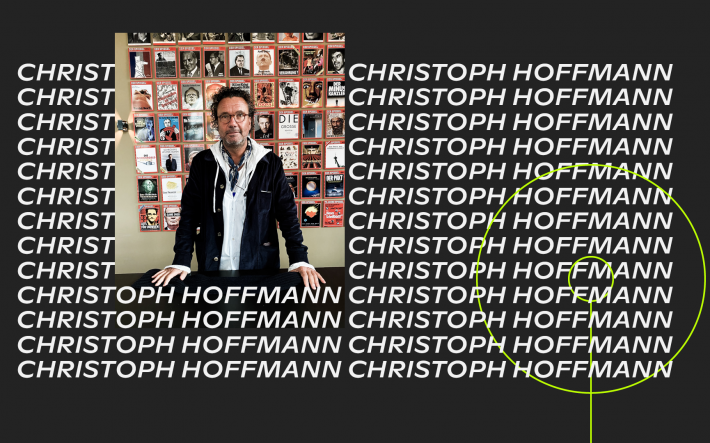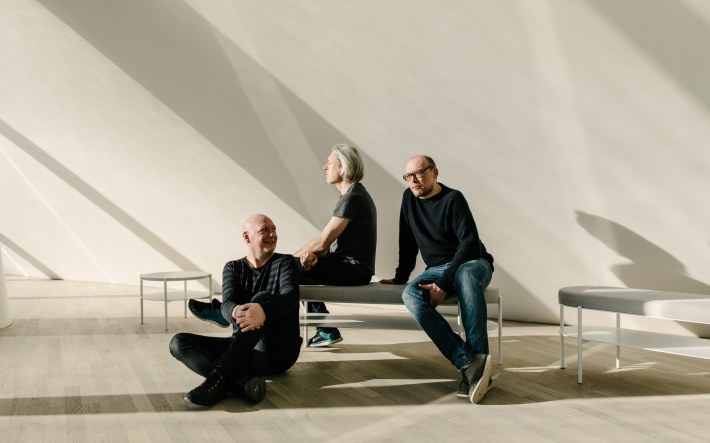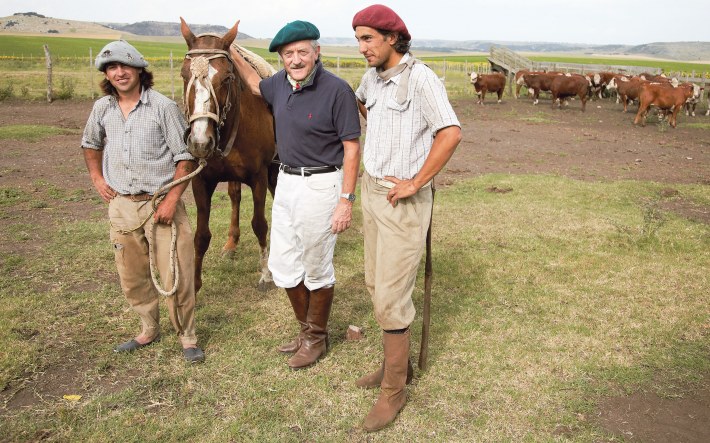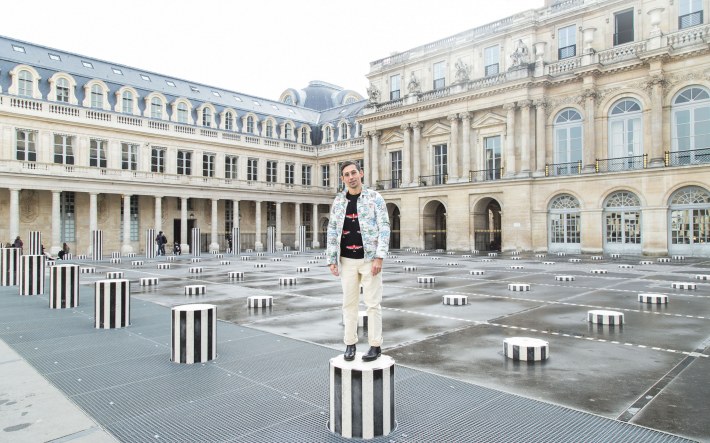Blau Pause
For Companion Theresia Enzenberger has created a very different kind of map, which highlights unusual Bauhaus locations to be discovered in cities that are home to our 25hours Hotels
The Bauhaus is almost 100 years old. Even today, the creations of the architecture and design movement founded as an art school by Walter Gropius in 1919 are still seen as groundbreaking. “I’ve always been fascinated by modernism, and by the Bauhaus in particular,” says Theresia Enzensberger. The young founder of the independent literary magazine Block published her debut novel, “Blaupause” (Blueprint), this year. It centers on the life of Berliner Luise Schilling, a 1920s student at Bauhaus. For her book Theresia conducted extensive research on the school. It was founded in Weimar and moved to Dessau and then to Berlin, but it left traces in many other places, including Munich, Frankfurt, Hamburg, Zurich, and Vienna. For this edition of COMPANION, the author has created a very different kind of map, which highlights unusual Bauhaus locations to be discovered in cities that are home to our 25hours Hotels — and some readers might even be inspired to use it as a blueprint for a creative road trip.
Companion’s Bauhaus Map
Chocolate from Berlin
A sweet Bauhaus experience awaits at Erich Hamann in Berlin-Wilmersdorf. Founded in 1912, the family-run Berlin institution specializes in dark chocolate, most of which is handmade on-site. The shop’s interior was designed by Johannes Itten, the designer, painter, and theorist whose work strongly influenced the Bauhaus movement in its early years. Stop by Brandenburgische Straße to take in the intricate wooden display cases, sample bittersweet pralines, and of course pick up a bar or two to save for later.
Viennese Wanders
Physical exercise was one of the pillars of a Bauhaus student’s life. While in Weimar hiking and gymnastics proved popular pastimes, the school’s move to Dessau in 1925 saw dancing and fencing come into fashion. The reform movements sung the praises of fresh air — none more loudly than the so-called “Wander vögel,” an early 20th century movement of young people across Europe who were dedicated to immersing themselves in nature. Follow in their footsteps by exploring the wonderful urban trails of Vienna, which are presented in an app created by the city: “Wanderwege Wien.” Urban Trail One, for example, leads you up the Kahlenberg — a climb worth undertaking for a beautiful view over the whole city.
wien.gv.at/umwelt/wald/freizeit/wandern/wege
The Frankfurt Kitchen
Designed in 1926, the Frankfurt Kitchen was a landmark development in interior architecture, going on to become a prototype for modern fitted kitchens. Its designer, Margarete Schütte-Lihotzky, though not a member of the Bauhaus, was a pioneering female architect whose socially oriented design aligned perfectly with the school’s principles. Functional, practical, and straightforward, her compact 6.5-square-meter plan was considered revolutionary at the time — and has since proved itself timeless. Only one kitchen in its original setting remains open to the public: at the Ernst-May-Haus in Römerstadt, Frankfurt. The entire house is open to visitors during the week, and there’s no need to book in advance.
Experiencing Bauhaus Dessau
The Bauhaus accommodation block — the so-called Prellerhaus — was at the center of life in Dessau: it was here that students studied and partied, sitting out on their tiny balconies on hot summer nights and shouting to each other over the tops of the railings. Today, visitors are invited to not only visit the entire building, but also experience a night there for themselves. Prellerhaus’s rooms are large and simple, with steel window frames that have been carefully restored, though the beds are today somewhat more comfortable than they were back in the 1920s. There’s a shared bathroom and kitchenette, and you can still access the balconies… as long as you’re not afraid of heights!
Hamburg’s Style Icons
Bauhaus undoubtedly sets the bar when it comes to design. Yet progress necessitates change, and generations of design-inclined creators have since set about adapting the school’s principles to contemporary contexts. Those curious to see what contemporary design is up to these days should head down to Stilwerk, a furniture store with a branch at Hamburg’s Fischmarkt, housed in an enormous red-brick complex. To celebrate the centenary of Bauhaus in 2019, the store has selected 100 examples of the movement’s most iconic objects: style icons that are still available, and just as inspiring, to this day.
stilwerk.com/de/microsite/100-jahre-bauhaus
Zurich for Vegetarians
Under the direction of Bauhaus teacher Johannes Itten, the canteen was strictly vegetarian! A plant-based diet was far from the mainstream back in the 1920s, but the reform movement took it seriously, advocating a healthy, progressive lifestyle complemented by breathing exercises, sport, and occasional periods of fasting. Its spirit is equally embodied at Haus Hiltl in Zurich: Europe’s oldest vegetarian restaurant, founded in 1898. The menu features rustic dishes like rösti and vegetables and mushroom stroganoff, and you can even book a place in one of the cookery courses on offer at their very own academy.
Community Spirit in Munich
Bernhard Borst didn’t study at Bauhaus either, yet his his design for the Borstei settlement — built between 1924 and 1929 — reflects the school’s philosophy. The architect strongly believed in the importance of community, which was also high on Bauhaus’s list of priorities. He even lived in one of the apartments in the complex, where he organized garden concerts, Carnival celebrations, and summer parties. Perhaps that’s why it’s such a pleasant spot for a stroll: the community spirit is still going strong, with residents doing their weekly shopping on the main street before meeting up in their very own Café Borstei. Curious visitors may also find themselves being lured into the small museum located in the settlement’s northern section.
The Canteen Café in Weimar
In front of the Bauhaus University Weimar stands a little house topped by a glass roof. Formerly an artist’s studio, the building was transformed into a canteen by the Bauhaus management in the 1920s, and now serves produce from the Bauhaus’s own garden. Today you can enjoy a cup of coffee and purchase books and postcards featuring designs by Weimar’s students. You can also join a Bauhaus tour, which leads you through the Van de Velde building and offers a sneak peek at the office of the great Walter Gropius.







